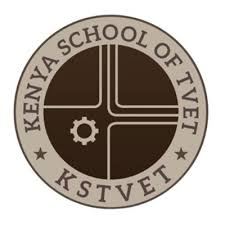CATALOGUING OF INFORMATION MATERIALS
2. Cataloguing codes and it's parts
Origin of Cataloguing Codes
The first cataloguing rules were prepared by individuals.
1.Panizzis British Museum Rules for the compiling of the catalogue (1841) was the first major modern statement of principles underlying cataloguing rules: It has extended an influence on every western world code, that has been published since its publication.
2. Cutters rules for a dictionary catalog in its 4th edition at his death in 1903, presented the first complete ser of rules for a dictionary catalog.
From the beginning of the twentieth century codes have been drawn up by committees, but the influence of those early far sighted individuals continued through LC rules on printed cards (1903) through the 1930s,
3. LC rules for descriptive cataloguing (1949)
4. ALA rules (1908, 1941, 1949),
5. AACR, (published in 1967) and the present
6. AACR2.
The ALA rules of 1908 were the results of a seven-year study by a committee of ALA and the (British) library Association (LA). In 1901 the library of congress began its printed card service with the result that libraries became interested in ways to use LC cards with their own cards. One of the important responsibilities of the committee was to formulate rules to encourage incorporation of LC printed cards into catalogs of the libraries.
The committee attempted to reconcile the cataloguing practices of LC with those of other research and scholarly libraries. The use of LC cards increased dramatically between 1908 and 1941 and standardization of library catalog progressed. However, the ALA rules were not expanded during this 33 years period, drastically curtailing attempts of cataloguing practice to stay in touch with cataloguing done at the LC.
In 1930 a sub-committee was appointed by ALA to begin work on a revision of cataloging rules and the problems were outlined. Dissatisfaction with the 1908 code expressed on the grounds of omission of the basic rules were not in question. Expansion was required to meet the needs of large scholarly libraries or specialized collections. The preliminary edition, published in 1941, expanded the rules of 1908 to make more provision for special classes of material i.e. serial publications, government documents, religious bodies publications,
